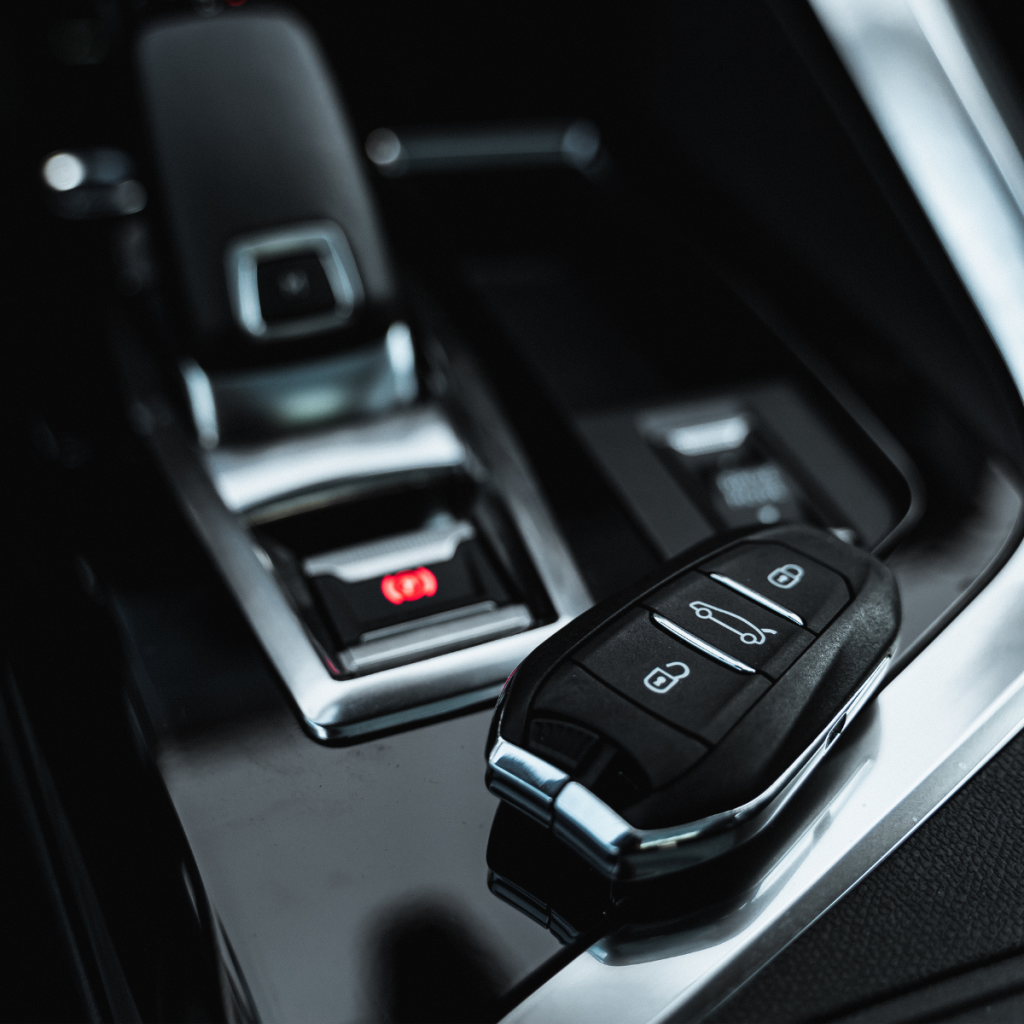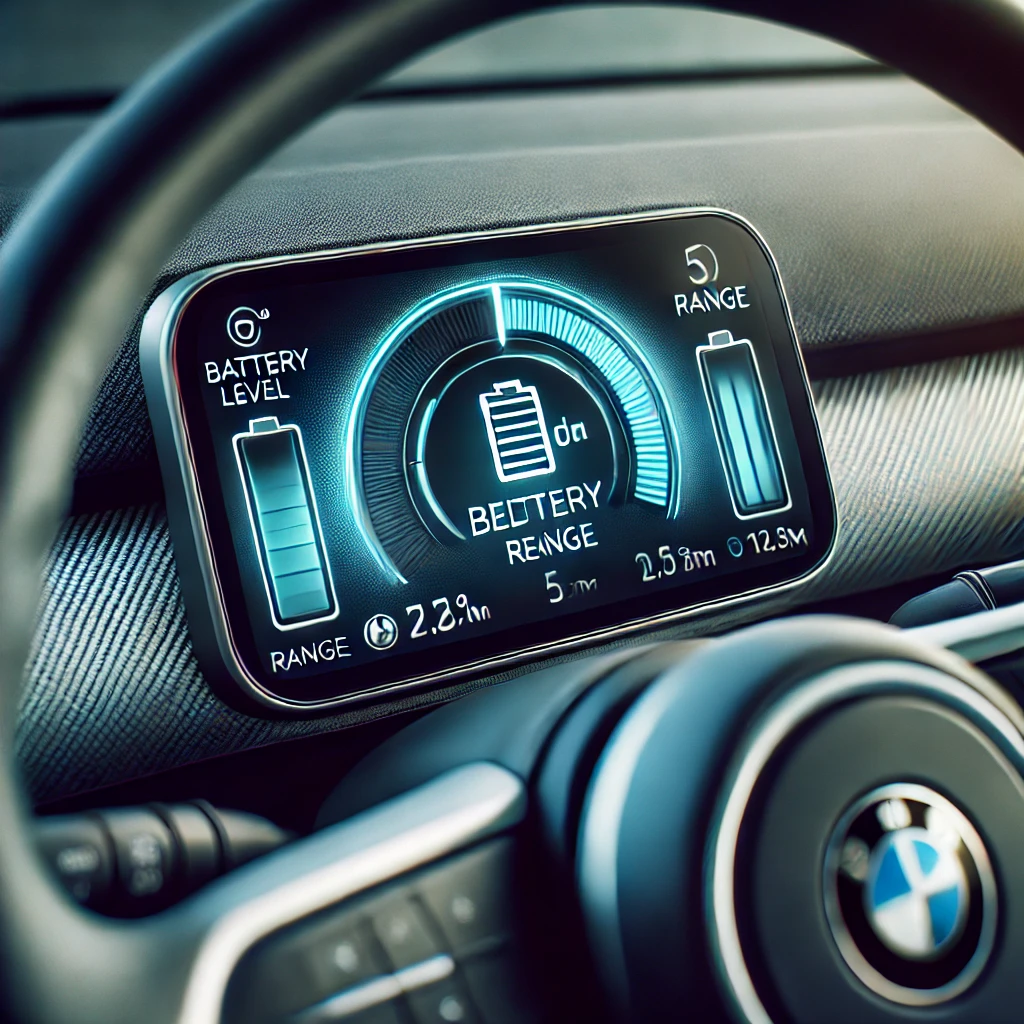When it comes to driving, safety is always the top priority. With the ever-evolving technology in the automotive industry, modern cars are equipped with a wide range of advanced safety features designed to protect both drivers and passengers. From airbags to collision avoidance systems, car safety features are continuously improving to make roads safer for everyone. Understanding the key safety technologies in your vehicle can make all the difference when it comes to preventing accidents and minimizing injuries.
In this article, we’ll discuss the essential car safety features every driver should be aware of. Whether you’re buying a new car or simply curious about the technology in your current vehicle, knowing these features can help you make informed decisions about your safety on the road.
1. Anti-lock Braking System (ABS)
What It Is:
The Anti-lock Braking System (ABS) is one of the most important safety features in modern cars. It helps prevent the wheels from locking up during emergency braking, allowing the driver to maintain control of the vehicle.
How It Works:
When a driver slams on the brakes, ABS automatically modulates brake pressure to keep the wheels from locking. This helps the driver retain steering ability and reduces the risk of skidding or losing control, particularly in slippery conditions.
Why It Matters:
ABS is particularly beneficial in emergency braking situations. It enhances vehicle stability, especially on wet or icy roads, reducing the likelihood of accidents. In fact, cars with ABS have been shown to have fewer rear-end collisions.
2. Electronic Stability Control (ESC)
What It Is:
Electronic Stability Control (ESC) is a system designed to help drivers maintain control of their vehicle during extreme steering maneuvers. ESC detects when the car is losing traction, such as during a skid, and applies braking to individual wheels to prevent the vehicle from spinning out of control.

How It Works:
ESC uses sensors to detect when the car is veering off course or losing traction. The system then applies brakes to specific wheels to steer the car back onto its intended path.
Why It Matters:
ESC is a crucial safety feature, especially when driving on wet or icy roads. It has been proven to reduce the risk of rollovers and helps drivers avoid dangerous skidding situations, making it one of the most important safety technologies in modern vehicles.
3. Adaptive Cruise Control (ACC)
What It Is:
Adaptive Cruise Control (ACC) is a more advanced version of traditional cruise control. It not only maintains your vehicle’s speed but also adjusts it based on the traffic around you.
How It Works:
Using radar and cameras, ACC detects the distance between your vehicle and the one ahead. If the car in front slows down, the system automatically adjusts your speed to maintain a safe following distance. When the road clears, the system returns to your preset speed.
Why It Matters:
ACC reduces driver fatigue, especially during long highway drives. It also enhances safety by preventing tailgating and reducing the likelihood of rear-end collisions. By maintaining a safe distance, ACC gives drivers more control over their vehicle’s speed and positioning.
4. Blind Spot Detection
What It Is:
Blind Spot Detection (BSD) alerts the driver to vehicles in the blind spots, areas that are not visible through the side mirrors. This feature helps prevent accidents during lane changes or when merging onto highways.
How It Works:
BSD uses sensors or cameras to monitor the vehicle’s surroundings, particularly the areas that are not visible through the rearview or side mirrors. If a car enters the blind spot, the system alerts the driver with a visual indicator or sound.
Why It Matters:
Many accidents occur during lane changes because drivers don’t see vehicles in their blind spots. Blind Spot Detection reduces this risk, making it an essential feature for any car. It improves overall awareness, especially on highways or in busy traffic.
5. Lane Departure Warning (LDW)
What It Is:
Lane Departure Warning (LDW) is a safety feature that alerts the driver if the vehicle unintentionally drifts out of its lane without signaling. It is designed to prevent accidents caused by distractions or drowsiness.
How It Works:
Using cameras or sensors, LDW detects lane markings on the road. If the vehicle begins to drift outside the lane without the turn signal being activated, the system provides an alert, either through a visual warning or an audible sound.
Why It Matters:
Lane Departure Warning is particularly useful for preventing accidents caused by distracted or fatigued driving. It serves as an additional safeguard, ensuring the driver stays within their lane and reducing the risk of collisions, particularly on highways.
6. Forward Collision Warning (FCW) with Automatic Emergency Braking (AEB)
What It Is:
Forward Collision Warning (FCW) and Automatic Emergency Braking (AEB) are safety features that work together to prevent or reduce the severity of frontal collisions. FCW detects potential collisions with vehicles or obstacles in front of the car, while AEB automatically applies the brakes if the driver doesn’t react in time.
How It Works:
FCW uses sensors, cameras, or radar to monitor traffic ahead of the vehicle. If it detects an imminent collision, it provides a warning to the driver. If the driver doesn’t respond quickly enough, AEB automatically applies the brakes to reduce impact speed or avoid the collision altogether.
Why It Matters:
These systems are incredibly effective in preventing accidents, particularly rear-end collisions. They give drivers more time to react and can prevent crashes when there’s no time to brake manually.
7. Rearview Camera and Parking Sensors
What It Is:
Rearview cameras and parking sensors are features designed to help drivers safely reverse or park their vehicles. They provide a clearer view of what’s behind the car and alert the driver to obstacles in the path.
How It Works:
A rearview camera provides a video feed of the area behind the vehicle, displayed on the car’s infotainment screen. Parking sensors, on the other hand, use ultrasonic technology to detect objects around the vehicle and emit a beeping sound to alert the driver to their proximity.

Why It Matters:
These features are invaluable when parking or reversing, helping drivers avoid collisions with pedestrians, other vehicles, or obstacles that may be hard to see. They’re particularly useful for tight parking spaces and reducing the risk of low-speed collisions.
8. Traction Control System (TCS)
What It Is:
Traction Control System (TCS) is a feature that helps prevent wheel spin when accelerating, particularly on slippery surfaces. It ensures that the wheels maintain optimal traction with the road.
How It Works:
When the system detects that one or more wheels are spinning too quickly (for example, on wet or icy roads), it automatically reduces engine power or applies the brakes to prevent the wheels from losing traction.
Why It Matters:
TCS is vital for maintaining control of the vehicle in poor weather conditions, such as rain, snow, or ice. It enhances the vehicle’s stability, reducing the likelihood of accidents due to loss of traction.
9. Tire Pressure Monitoring System (TPMS)
What It Is:
The Tire Pressure Monitoring System (TPMS) alerts the driver when the tire pressure falls below a safe level. Under-inflated tires can lead to poor fuel efficiency, reduced handling, and tire blowouts.
How It Works:
TPMS uses sensors in each tire to monitor air pressure. If the pressure drops below the recommended level, the system triggers a warning light on the dashboard.
Why It Matters:
Proper tire pressure is critical for vehicle safety, fuel efficiency, and tire longevity. TPMS helps prevent accidents caused by tire failure, ensuring that tires are always inflated to the optimal pressure.
10. Driver Attention Monitoring
What It Is:
Driver Attention Monitoring systems help detect signs of driver fatigue or distraction, providing alerts when it senses that the driver is not paying full attention to the road.
How It Works:
This system monitors the driver’s behavior, including steering patterns and head movements, to detect signs of drowsiness or distraction. If it detects unusual patterns, it prompts the driver with an alert to take a break or refocus.

Why It Matters:
Driver fatigue is a leading cause of accidents, particularly on long trips. Driver Attention Monitoring helps keep the driver alert and aware, reducing the risk of accidents caused by tired or distracted driving.
Conclusion
Modern car safety features have revolutionized the way we drive, offering advanced technologies to prevent accidents and protect lives. By understanding these essential safety features, drivers can make informed decisions about their vehicle’s safety and ensure they are equipped with the necessary tools to stay safe on the road. Whether it’s through advanced braking systems, collision avoidance technologies, or fatigue monitoring, the features mentioned above are vital in providing the highest level of protection for drivers and passengers alike. Stay informed, stay safe, and take full advantage of the safety technologies available in your car.

Leave a Reply